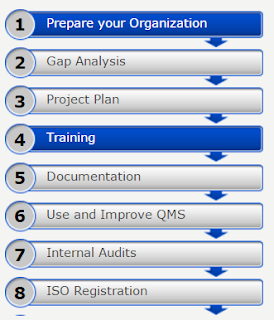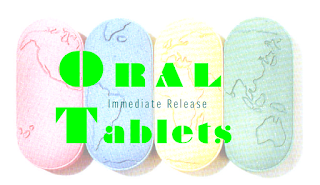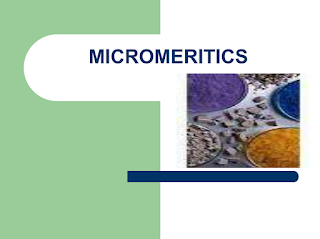ISO 9001:2015 : Risk Management

How Risk Management in ISO 9001:2015 May Change Quality Management In a sense, quality management has always been about ensuring the output of a group meets a consistent, acceptable level. But this new emphasis on higher level risk impact may put quality management representatives (including organizational quality personnel, consultants and auditors) in the position of managing higher level business risks. The Gap Analysis Toolkit will: Provide the tools and checklist you need to conduct your Gap Analysis Provide a detailed checklist to use to compare your current systems to the requirements of ISO 9001:2015. Give you the information you need to determine resources and a timeline for your project. The Gap Analysis Checklist features: A detailed 38 page checklist covering every section that requires modification (between ISO 9001:2008 and ISO 9001:2015). In Microsoft Word format for easy editing. Space for notes







